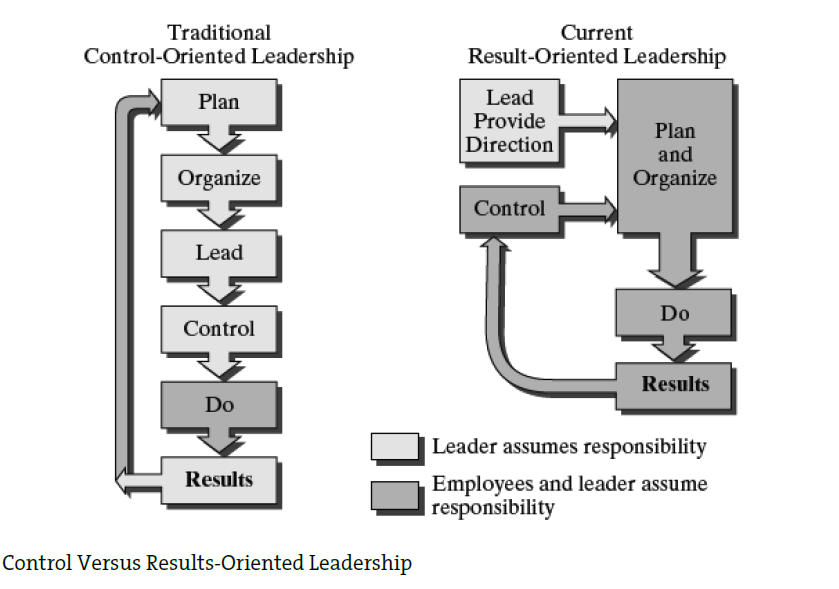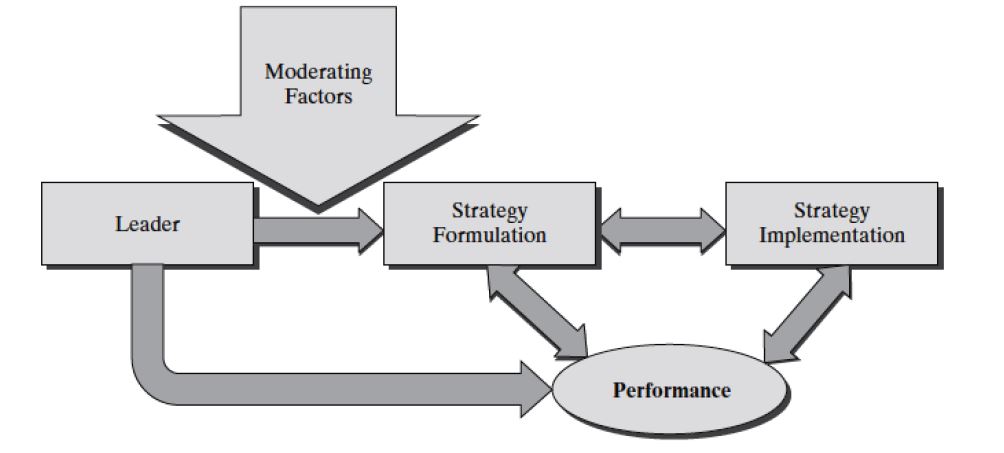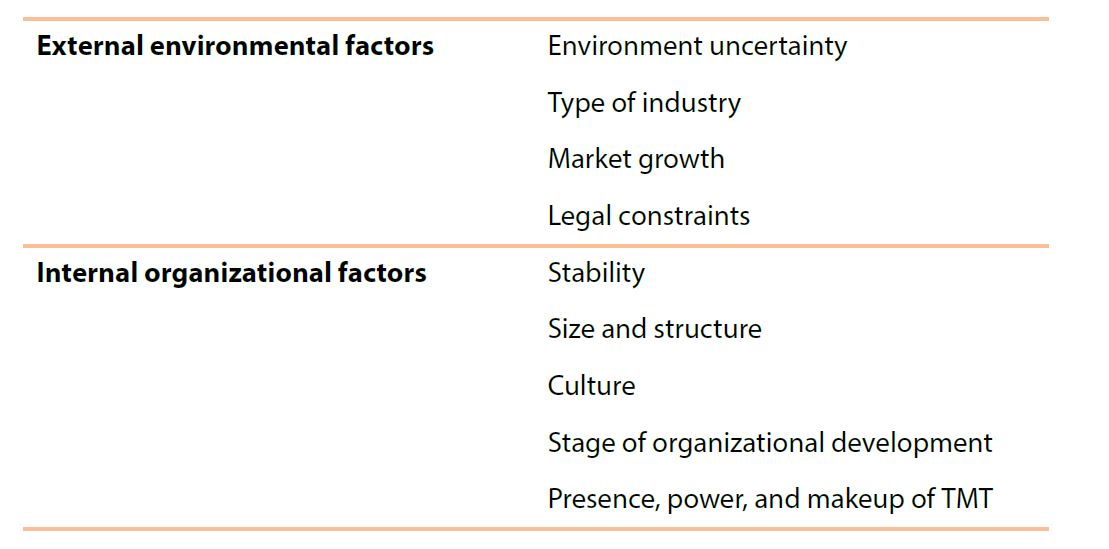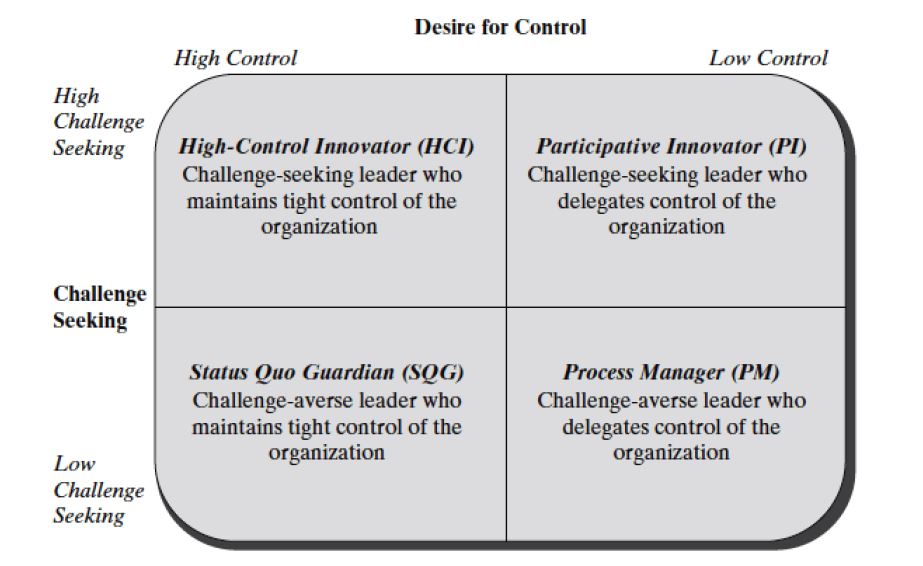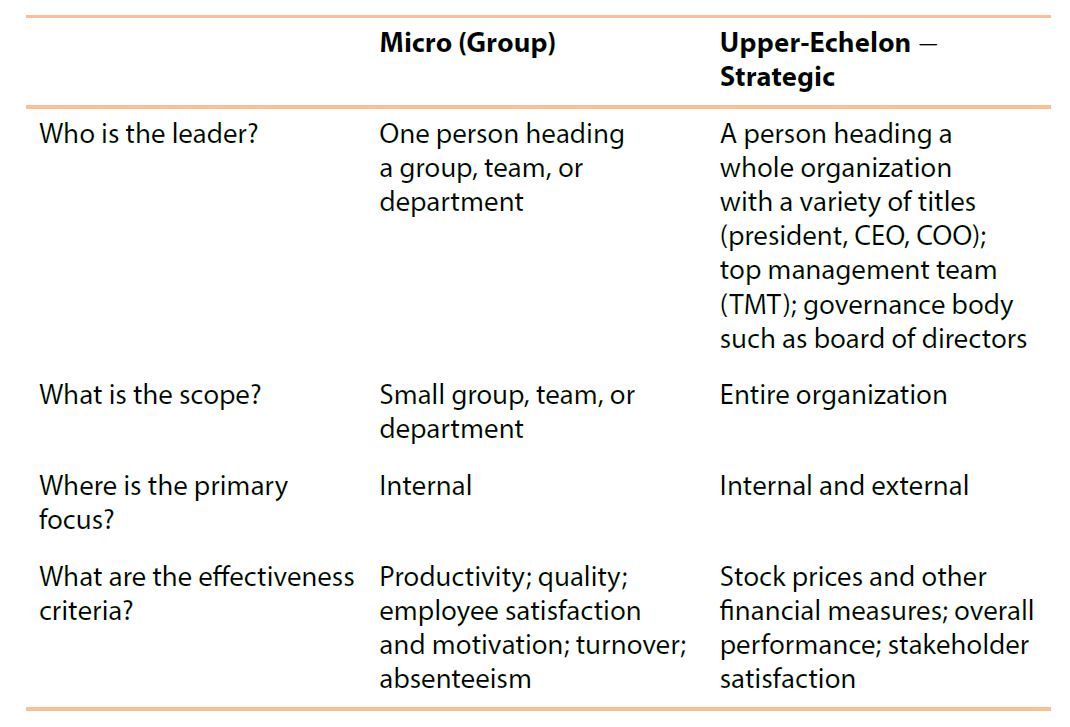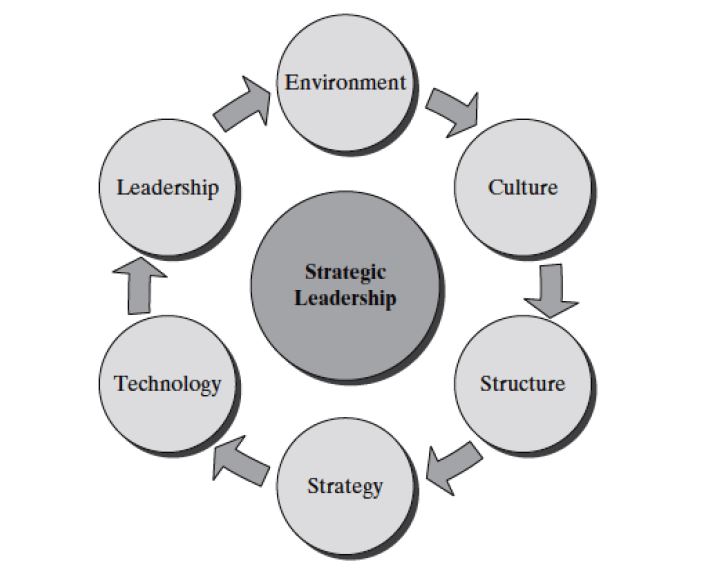We recognize bad leadership. Bad leaders are dishonest, self-centered, arrogant, disorganized, and uncommunicative. However, being honest, selfless, organized and communicative are necessary, but not enough to be a good leader.
Who Is a Leader? Leader Essential Components
Dictionaries define leading as “guiding and directing on a course” and as “serving as a channel.” A leader is someone with commanding authority or influence. Researchers have developed many working definitions of leadership. Although these definitions share several elements, they each consider different aspects of leadership. Some define leadership as an integral part of the group process (Green, 2002; Krech and Crutchfield, 1948). Others define it primarily as an influence process (Bass, 1960; Cartwright, 1965; Katz and Kahn, 1966). Still others see leadership as the initiation of structure (Homans, 1950) and the instrument of goal achievement. Several even consider leaders to be servants of their followers (Greenleaf, 1998). Despite the differences, the various definitions of leadership share four common elements:
- First, leadership is a group and social phenomenon; there can be no leaders without followers. Leadership is about others.
- Second, leadership necessarily involves interpersonal influence or persuasion. Leaders move others toward goals and actions.
- Third, leadership is goal directed and action oriented; leaders play an active role in groups and organizations. They use influence to guide others through a certain course of action or toward the achievement of certain goals.
- Fourth, the presence of leaders assumes some form of hierarchy within a group.
In some cases, the hierarchy is formal and well defined, with the leader at the top; in other cases, it is informal and flexible. Combining these four elements, we can define a leader as any person who influences individuals and groups within an organization, helps them establish goals, and guides them toward achievement of those goals, thereby allowing them to be effective. Being a leader is about getting things done for, through, and with others. Notice that the definition does not include a formal title and does not define leadership in terms of certain traits or personal characteristics. Neither is necessary to leadership.
What are the obstacles to effective leadership?
It is difficult for leaders to learn how to be effective. The experience of failure, in some cases, may be a defining moment in the development of a leader (George, 2009). The question is, therefore, what are the obstacles to becoming an effective leader? Aside from different levels of skills and aptitudes that might prevent a leader from being effective, several other obstacles to effective leadership exist:
- First, organizations face considerable uncertainty that creates pressure for quick responses and solutions. External forces, such as voters and investors, demand immediate attention. In an atmosphere of crisis, there is no time or patience for learning. Ironically, implementing new methods of leadership, if they are allowed, would make dealing with complexity and uncertainty easier in the long run. Therefore, a vicious cycle that allows no time for the learning that would help current crises continues. The lack of learning and experimentation in turn causes the continuation of the crises, which makes the time needed to learn and practice innovative behaviors unavailable.
- Second, organizations are often rigid and unforgiving. In their push for short-term and immediate performance, they do not allow any room for mistakes and experimentation. A few organizations, such as Virgin Group Ltd., 3M, and Apple Computers that encourage taking risks and making mistakes, are the exception. The rigidity and rewards systems of many institutions discourage such endeavors.
- Third, organizations fall back on old ideas about what effective leadership is and, therefore, rely on simplistic solutions that do not fit new and complex problems. The use of simple ideas, such as those proposed in many popular books, provides only temporary solutions.
- Fourth, over time, all organizations develop a particular culture that strongly influences how things are done and what is considered acceptable behavior. As leaders try to implement new ideas and experiment with new methods, they may face resistance generated by the established culture.
- Finally, another factor that can pose an obstacle to effective leadership is the difficulty involved in understanding and applying the findings of academic research. In the laudable search for precision and scientific rigor, academic researchers sometimes do not clarify the application of their research, making the research inaccessible to practitioners.
No one way best defines what it means to be an effective leader. Fred Luthans (1989) proposes an interesting twist on the concept of leadership effectiveness by distinguishing between effective and successful managers. According to Luthans, effective managers are those with satisfied and productive employees, whereas successful managers are those who are promoted quickly. After studying a group of managers, Luthans suggests that successful managers and effective managers engage in different types of activities. Whereas effective managers spend their time communicating with subordinates, managing conflict, and training, developing, and motivating employees, the primary focus of successful managers are not on employees. Instead, they concentrate on networking activities such as interacting with outsiders, socializing, and politicking. Ideally, any definition of leadership effectiveness should consider all the different roles and functions that a leader performs. Few organizations, however, perform such a thorough analysis, and they often fall back on simplistic measures. Whether any of these leaders is considered effective or not depends on one’s perspective.
One way to take a broad view of effectiveness is to consider leaders effective when their group is successful in maintaining internal stability and external adaptability while achieving goals. Overall, leaders are effective when their followers achieve their goals, can function well together, and can adapt to changing demands from external forces. The definition of leadership effectiveness, therefore, contains three elements:
- Goal achievement, which includes meeting financial goals, producing quality products or services, addressing the needs of customers, and so forth
- Smooth internal processes, including group cohesion, follower satisfaction, and efficient operations
- External adaptability, which refers to a group’s ability to change and evolve successfully

Why Do We Need Leaders?
To keep groups orderly and focused. Human beings have formed groups and societies for close to 50,000 years. Whether the formation of groups itself is an instinct or whether it is based on the need to accomplish complex tasks too difficult for individuals to undertake, the existence of groups requires some form of organization and hierarchy. Whereas individual group members may have common goals, they also have individual needs and aspirations. Leaders are needed to pull the individuals together, organize, and coordinate their efforts.
To accomplish tasks. Groups allow us to accomplish tasks that individuals alone could not undertake or complete. Leaders are needed to facilitate that accomplishment, and to provide goals and directions and coordinate activities.
To make sense of the world. Groups and their leaders provide individuals with a perceptual check. Leaders help us make sense of the world, establish social reality, and assign meaning to events and situations that may be ambiguous.
To be romantic ideals. Finally, as some researchers have suggested (e.g., Meindl and Ehrlick, 1987), leadership is needed to fulfill our desire for mythical or romantic figures who represent us and symbolize our own and our culture’s ideals and accomplishments.
How are management and leadership similar or different?
Organizations need good management to plan, measure, hire, fire, coordinate activities, and so forth. leadership is about people (Kruse, 2013). Table below presents the major distinctions between managers and leaders. Whereas leaders have long-term and future-oriented perspectives and provide a vision for their followers to look beyond their immediate surroundings, managers take short-term perspectives and focus on routine issues within their own immediate departments or groups. Zaleznik (1990) further suggests that leaders, but not managers, are charismatic and can create a sense of excitement and purpose in their followers. Kotter (1990; 1996) takes a historical perspective in the debate and proposes that leadership is an age-old concept, but the concept of management developed in the past 100 years as a result of the complex organizations created after the Industrial Revolution. A manager’s role is to bring order and consistency through planning, budgeting, and controlling. Leadership, on the other hand, is aimed at producing movement and change.
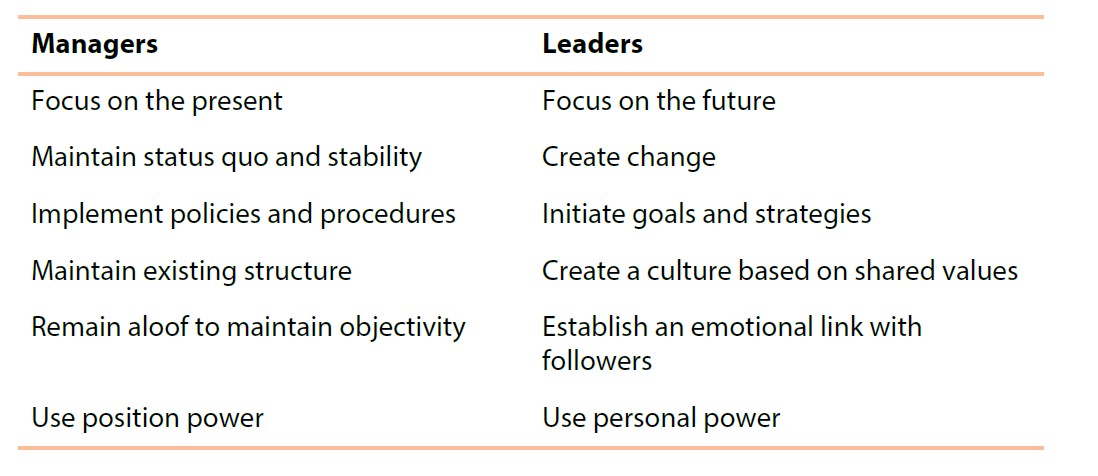
Leadership Basics
Leadership is a complex process that is a journey rather than a destination. All effective leaders continue to grow and improve, learning from each situation they face and from their mistakes. Here are some basic points that we will revisit throughout the book:
• Find your passion: We can be at our best when we lead others into something for which we have passion.
• Learn about yourself: Self-awareness of your values, strengths, and weaknesses is an essential starting point for leaders.
• Experiment with new behaviors and situations: Learning and growth occur when we are exposed to new situations that challenge us; seek them out.
• Get comfortable with failure: All leaders fail; good leaders learn from their mistakes and consider them learning opportunities. Mistakes are more likely to happen when you are placed in new challenging situations that provide you with opportunities to learn.
• Pay attention to your environment: Understanding all the elements of a leadership situation, and particularly followers, is essential to effectiveness. Ask questions, listen carefully, and observe intently so that you can understand the people and the situations around you.
Remember that it’s about others:Leadership is not about you and your personal agenda. It’s about getting things done for, through and with others.
• Don’t take yourself too seriously: A good sense of humor and keeping a perspective on priorities will help you. You are not as good as your most fervent supporters believe and not as flawed as your reticent detractors think, so lighten up!
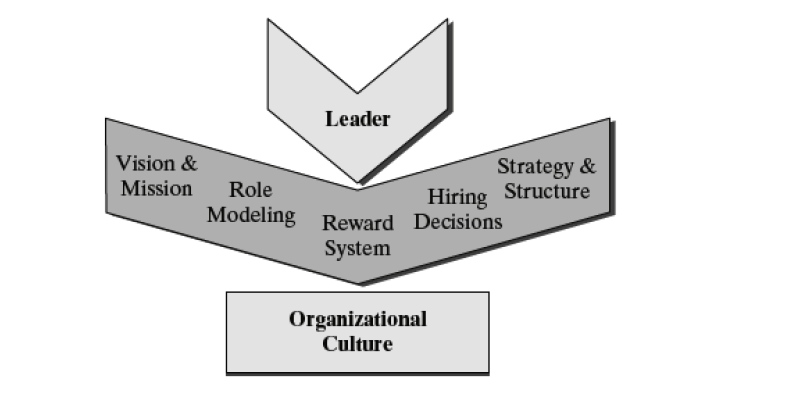
Many executives have adopted new management techniques to help them with the challenges inherent in the new roles for leaders. The new leadership styles are not limited to business organizations; they can also be seen in government and other not-for-profit organizations.
Leadership has been defined in many different ways, but most definitions share the assumption that it involves an influence process for facilitating the performance of a collective task. Otherwise, the definitions differ in many respects, such as who exerts the influence, the intended beneficiary of the influence, the manner in which the influence is exerted, and the outcome of the influence attempt. Some theorists advocate treating leading and managing as separate roles or processes, but the proposed definitions do not resolve important questions about the scope of each process and how they are interrelated. No single, “correct” definition of leadership covers all situations. What matters most is how useful the definition is for increasing our understanding of effective leadership.
